The flowers of these remind me of something, but I can’t quite put my finger on it. Maybe the venomous blue dragon sea slug, if it were white? The frills of Nudibranchs in general? In other ways, it can also slightly resemble the frilly daisy-like flowers of our native Philadelphia fleabane from a distance. However, the starry campion is no aster. Rather, it’s a member of Caryophyllaceae, also known as the carnation family or pink family. While may flowers of the pink family are indeed pink, this is a different kind of pink. I have a feeling it may have to do with the shape of the petals, as if someone took a pair of pinking shears to them.
The plant itself is also easily identifiable. Not many plants have whorls of four leaves. I can only think of one that I occasionally find on my property, that being licorice bedstraw (Galium circaezans). Unlike starry campion, however, licorice bedstraw remains fairly short, under a foot tall, with tiny flowers that almost require a magnifying glass to see. In any case, unless you have a lot of licorice bedstraw on your property, you are unlikely to confuse this with any other plant.
Find starry campion in the wild
This one is native and fairly common throughout its range (probably the most common of our native Silene). Considering deer will eat the flowers, you may pass it by thinking it’s the aforementioned licorice bedstraw.
The species is primarily documented in prairies, savannas, oak forests, forested slopes, and riverbanks, on drier or well-drained soils, and tolerating a variety of shade (Morton 2005, Haines 2011, Wilhelm and Rehricha 2017). Occasionally it is found in more disturbed areas like utility cuttings and disturbed forests. […]. The most consistent forest type is dry-mesic southern forest, often remnants that show evidence of having once been more open, barrens-like habitats with a historical frequent fire regimen. Today, Silene stellata can rarely be found in degraded remnants of mesic prairies, oak barrens, and oak openings. (Source)
Benefit to habitat
I had to grab some more quotes from that site, this is excellent information.
It is pollinated primarily by nocturnal moths, but it can be pollinated by diurnal pollinators like halictid bees, syrphid flies, and bumble bees. Silene stellata has the following adaptations to facillitate the attraction of nocturnal moth pollinators: white petals, long floral tube, and a strong scent released at night when the ten stamens ripen (i.e., anthesis). […] Hadena moths, specifically H. ectypa, the campion coronet moth, is a common pollinator. […] Hadena ectypa are most abundant when S. stellata is first flowering, and other copollinators become more abundant later in the season. This phenological alignment is believed to be related to the seed predation of H. ectypa larvae on young S. stellata fruits. After nectaring, female H. ectypa will lay one to several eggs at the base of the ovary of a young flower, preferably one that has not been pollinated. The larvae will eat young fruits, having difficulty with the harder coating on older fruits. In some cases, larvae will remain on the same plant for its entire larval stage. Although H. ectypa may be mostly obligate to S. stellata, it does not pollinate or benefit S. stellata more than the other nocturnal copollinators: it is considered to have a net negative to neutral relationship with S. stellata while other copollinators are considered mutualistic (Reynolds et al. 2009, Kula 2012, Reynolds 2012, Callisto et al. 2013, Kula et al. 2013, Doubleday and Adler 2017, Zhou et al. 2018a, 2018b). Fruit
predation by H. ectypa ranges from 10–50% during season (Zhou et al. 2020). Seeds disperse through passive gravity (Zhou 2017). (Source)
Grow starry campion in your garden
I need to bring up one type of pest that I’ve seen attacking Silene in particular, and that is root aphids. It’s different than dealing with aphids at the tops of plants, which is easier for beneficial predators to spot and handle. These attack the roots, and the only sign you’ll see is a wilting plant. I do recommend treating your plants if you see them, because those kinds of aphids really don’t need protection. Watering with neem oil will work, and if they continue to be a problem, you can try digging up your plant, rinsing off the aphids, coating the root in powdered diatomaceous earth, and then planting it back. The diatomaceous earth will cut up any insects attacking the roots. Watering with neem shouldn’t affect pollinators. It is taken up by the roots and makes the leaves unpalatable, but as far as I’m aware, nothing hosts on Silene. It’s probably why aphids have to go for the roots, nothing wants to eat the tops.
Other than deer. Deer will eat the tops sometimes. Not the leaves. They’ll wait until your flowers are in full bloom and then eat the flowers, because deer are assholes like that. They really like to eat flowers in particular. So you can spray or cage or make some venison jerky, your choice. They don’t care that you’re trying to help the pollinators. They see flowers and that’s all they want, despite the other food available.
I find that this plant does best in part sun to light shade. It can tolerate more shade than this, but when the slugs get to them – especially if you have both slugs and root aphids, they really struggle to bounce back. They also will grow more lanky in shadier conditions and the flowers will flop over. More sun and slightly drier conditions (but still relatively moist, not cracked earth dry) encourages a denser, robust plant. If they do flop, try staking them to the ground. It appears they may be able to root from the nodes (swollen parts where the leaves attach).
Apothecary
One more quote from that amazing source. Sharing for informational purposes, have not tried this myself. Use your own discretion.
Silene stellata is called “wewep” by the Meskwaki tribe and “wawapin” by the prairie Potawatomi tribe. Both used the roots of S. stellata as a poultice to dry up pus-secreting, swollen, and infected sores. There are also records of the poultice being used as treatment for aches, sprains, and open sores. Like many other plants, S. stellata had a reputation for negating the effects of venemous snake bites, but most believe that it was more of a placebo and the lack of potency of the bite was what facilitated the belief (Adkins 2006, Runkel and Bull 2009). (Source)
I’ll go ahead and add it to the Apothecary category for this reason. Making a poultice for wounds should be fairly safe. Always test for allergic reactions first (scratch the skin – like scratching an itch, don’t cut yourself. Rub a wounded root on the skin, check for blistering or rash).

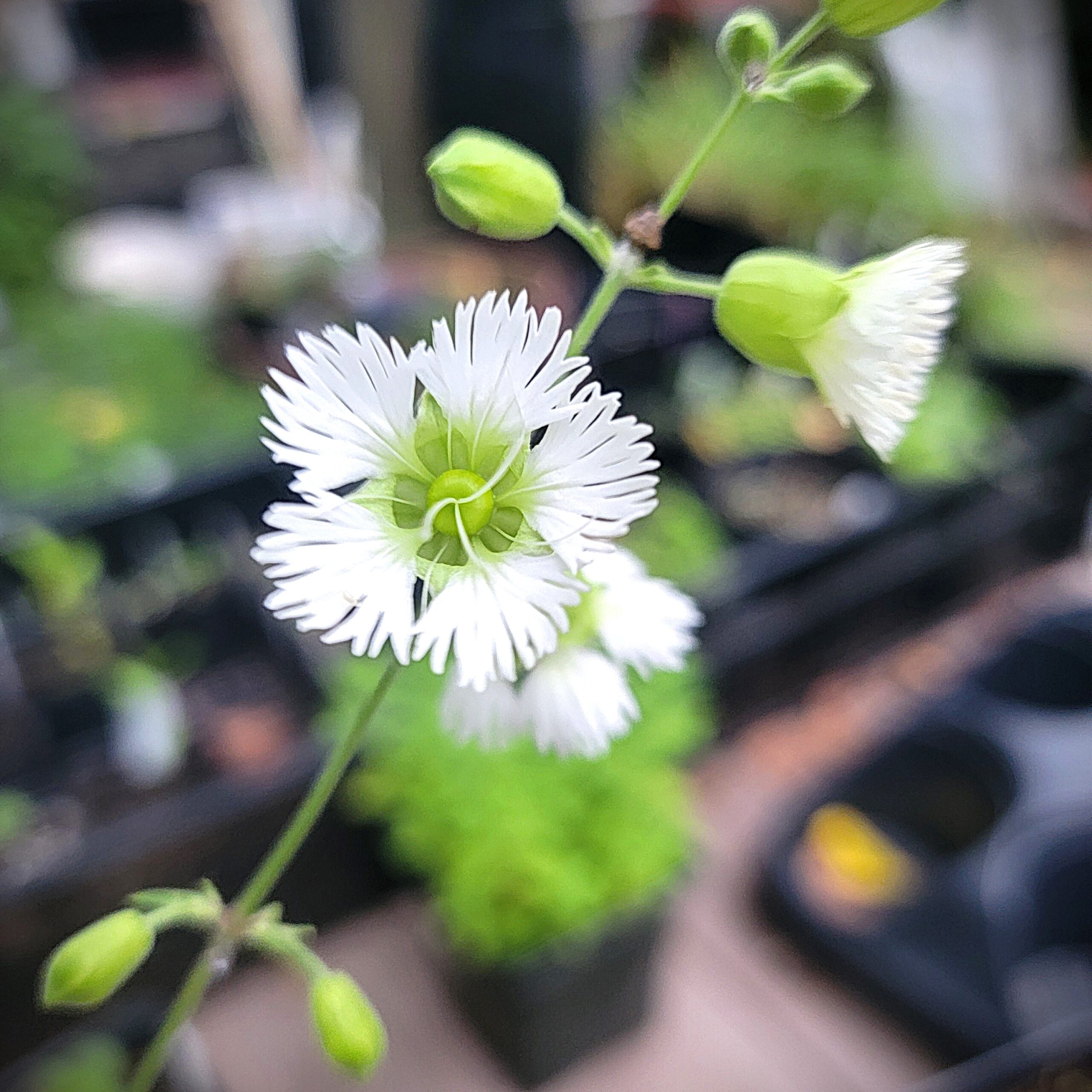

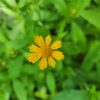




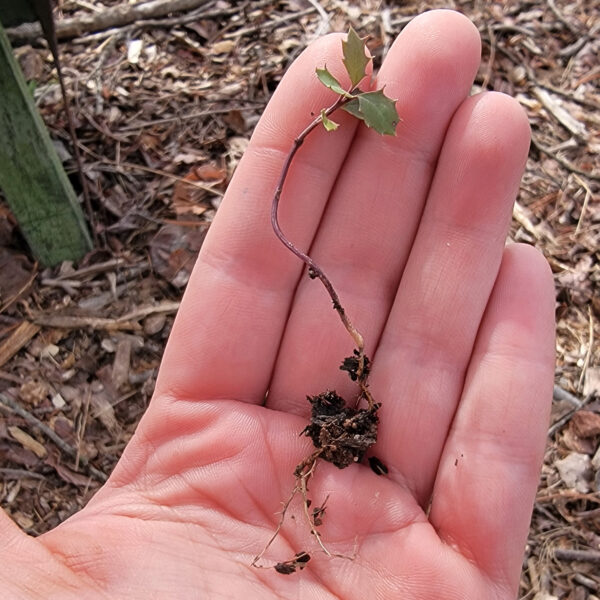
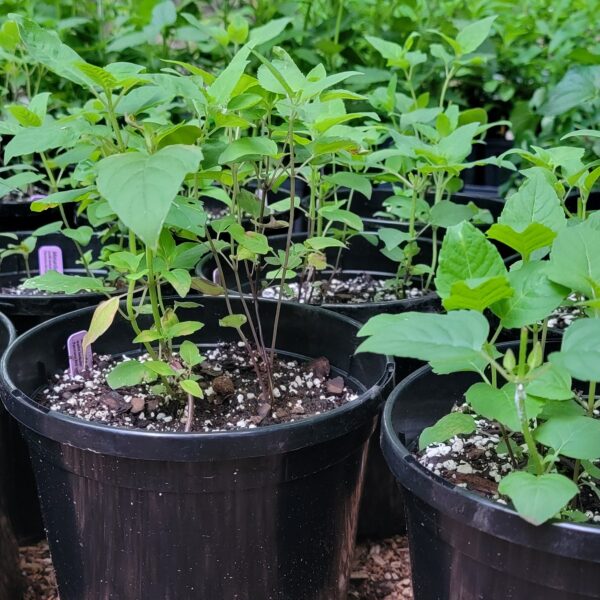


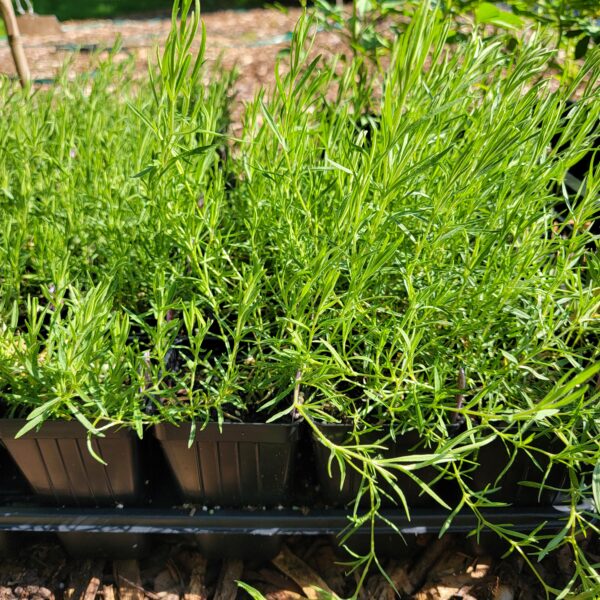


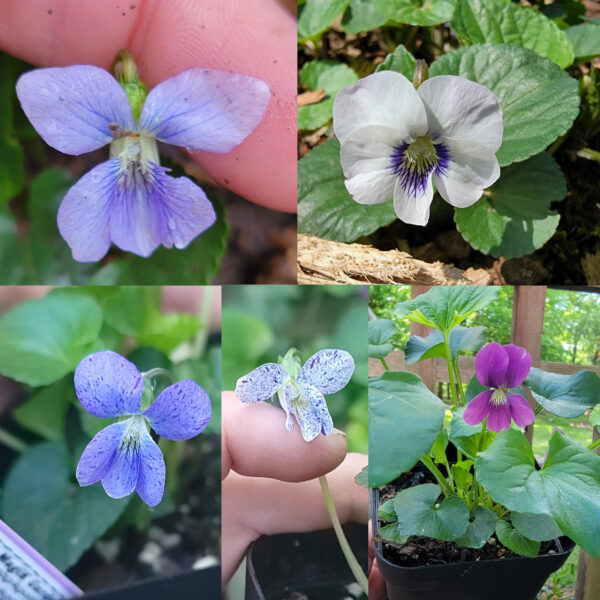


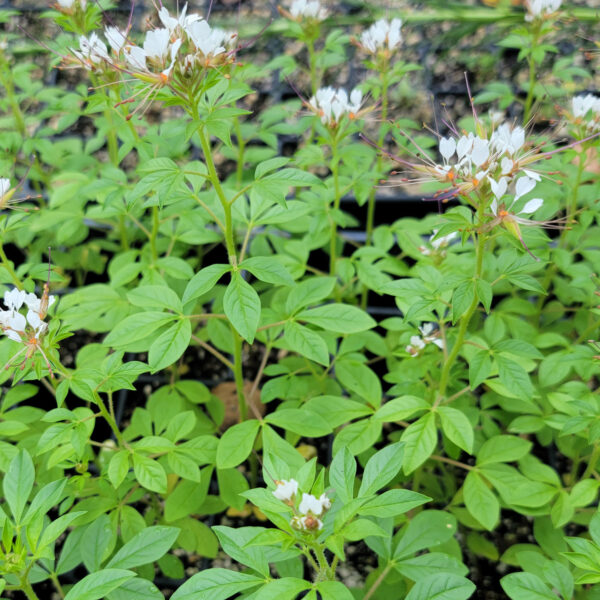

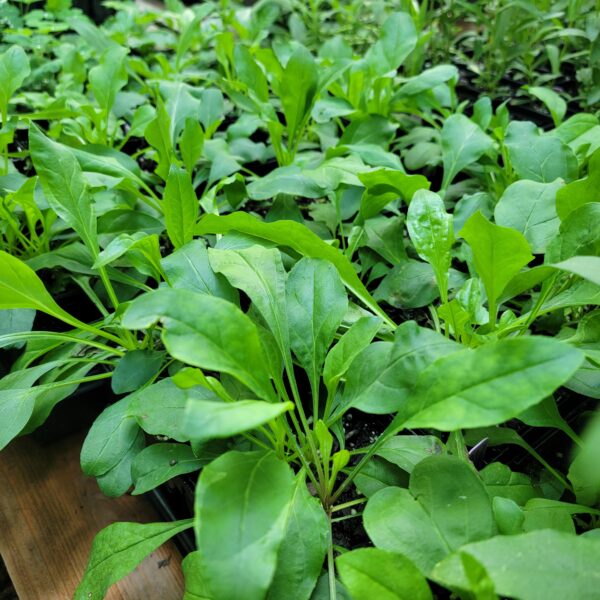
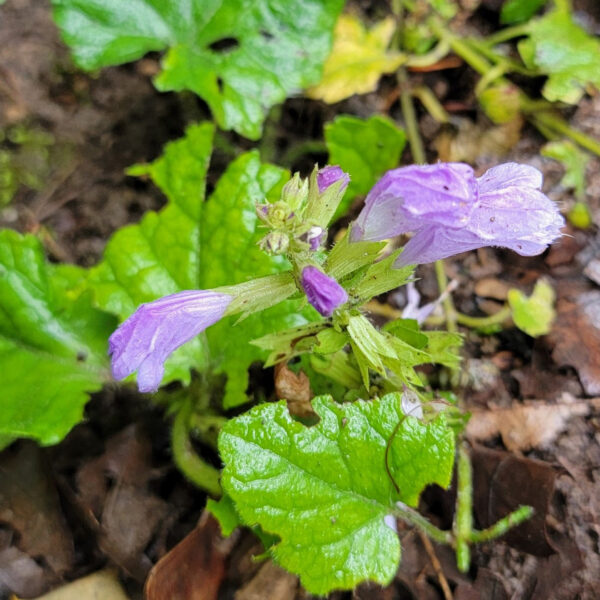


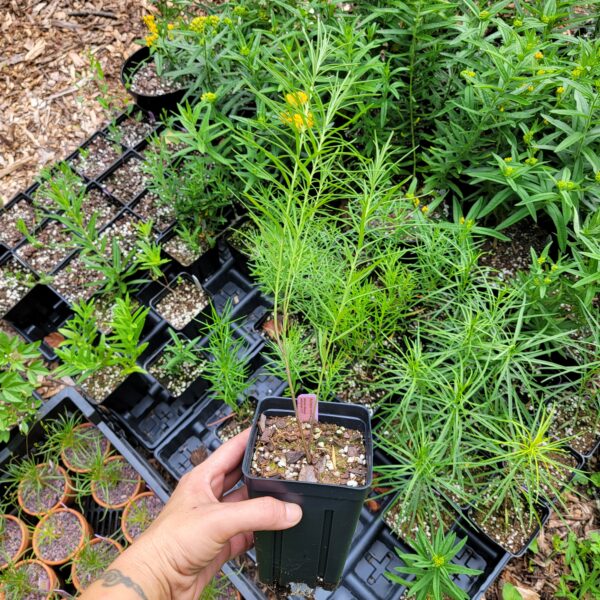
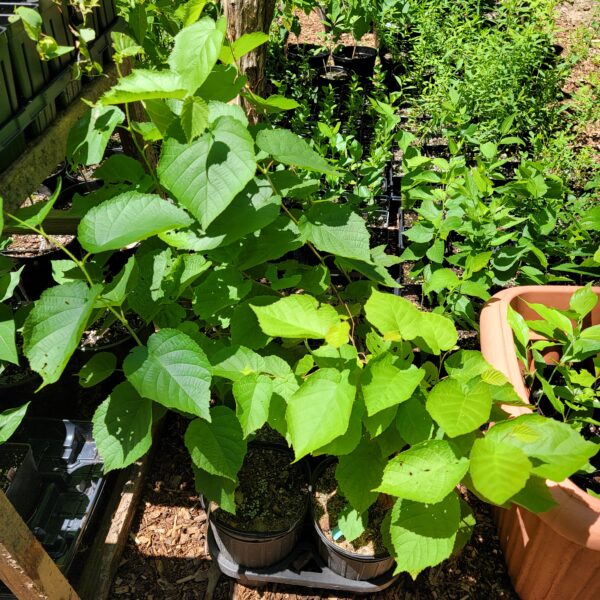

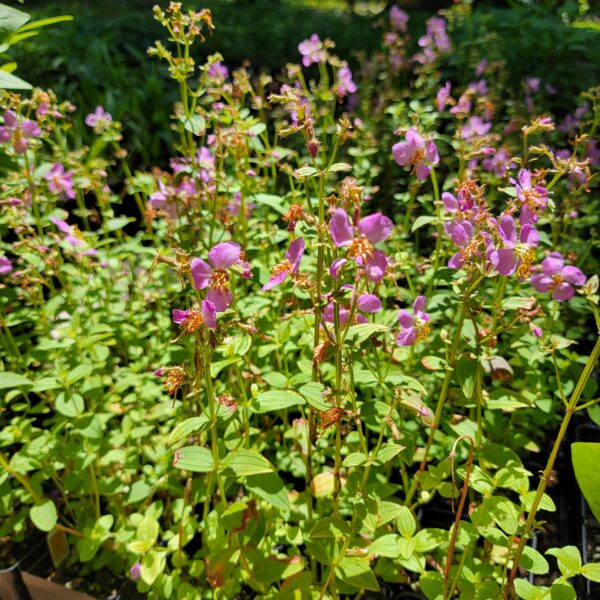



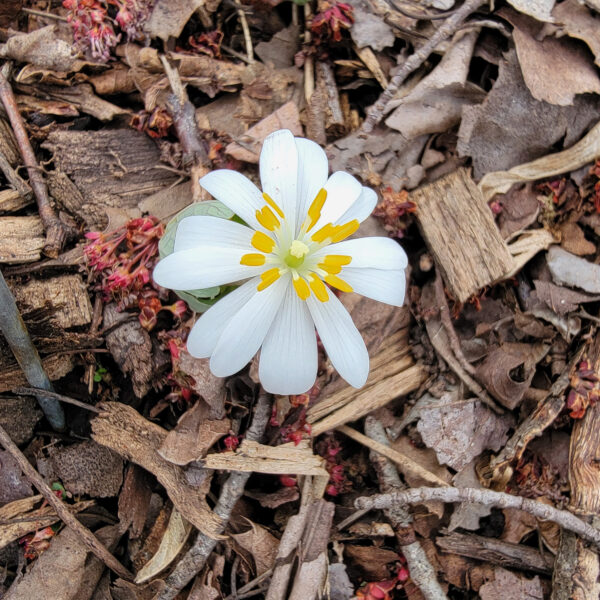
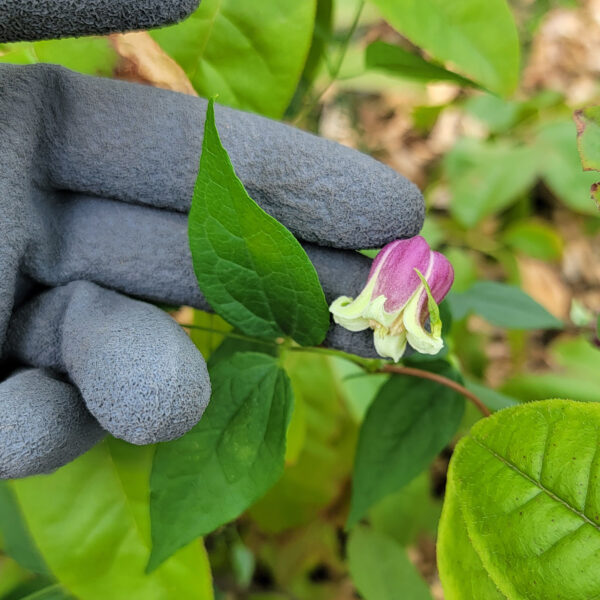

Reviews
There are no reviews yet.